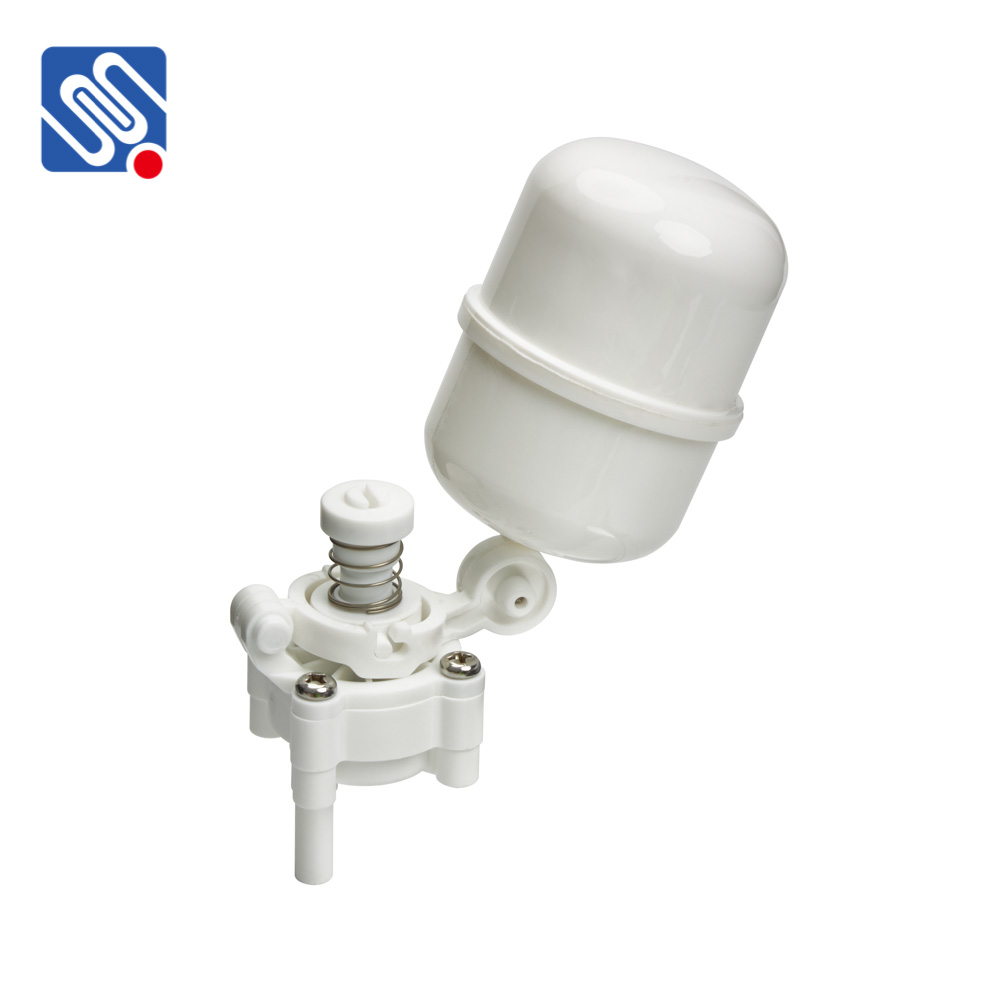Plastic valves play a pivotal role in modern water systems, offering an excellent combination of durability, cost-effectiveness, and performance. These valves, made from materials such as PVC (Polyvinyl Chloride), CPVC (Chlorinated Polyvinyl Chloride), PP (Polypropylene), and PVDF (Polyvinylidene Fluoride), have become essential components in a wide range of applications, from residential plumbing to industrial water treatment systems. This article explores the key features, benefits, and common applications of plastic valves in water systems.

Key Features of Plastic Valves for Water Systems Plastic valves are designed to control and regulate the flow of water in various systems, ensuring efficient operation and safety. The primary materials used in the manufacturing of plastic valves—PVC, CPVC, PP, and PVDF—each offer unique characteristics that make them suitable for specific applications. PVC Valves: These are the most commonly used plastic valves in water systems due to their low cost, lightweight nature, and excellent resistance to corrosion. PVC valves are suitable for handling water at moderate temperatures and pressures, making them ideal for use in residential and commercial plumbing systems.